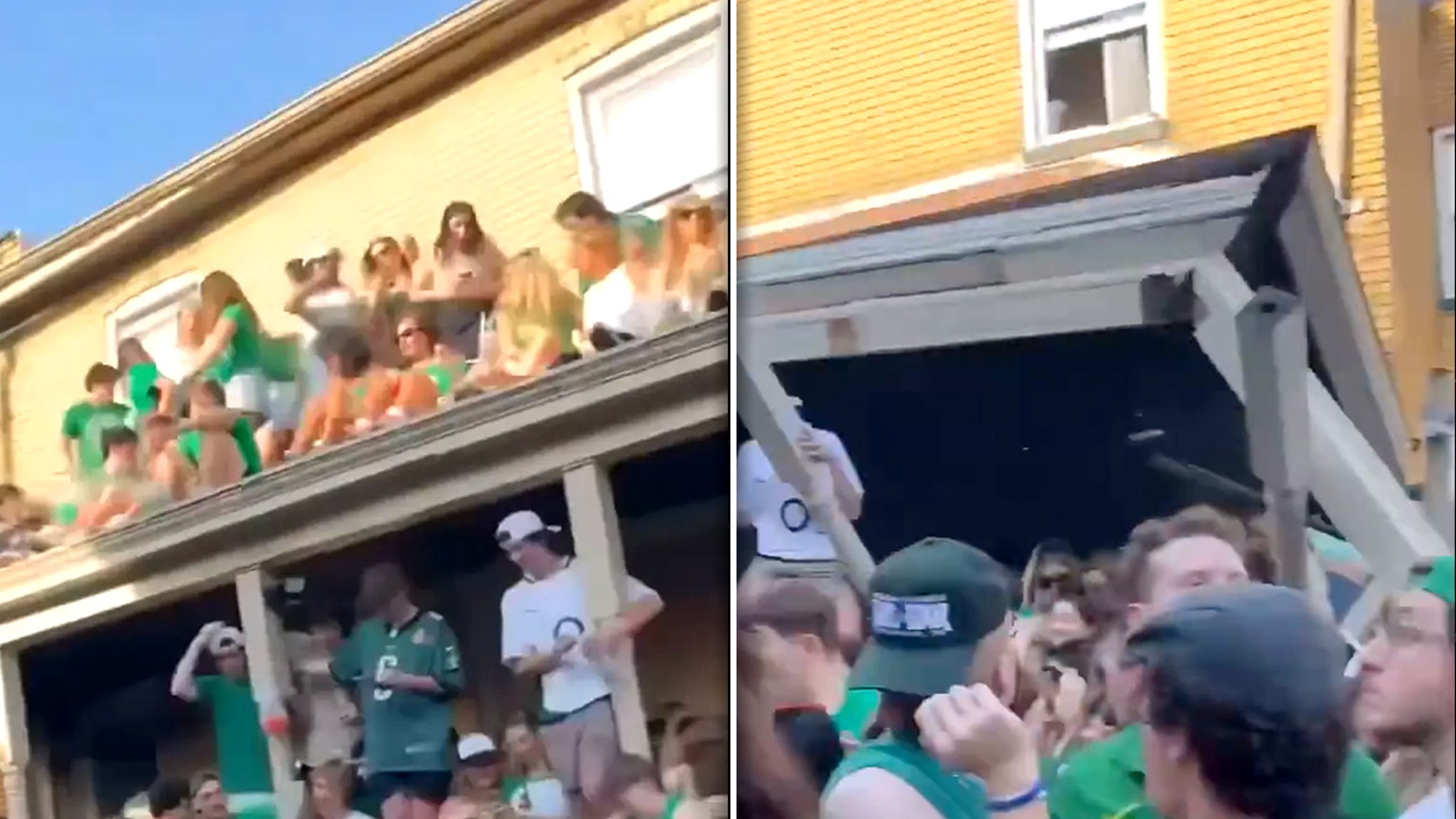Culture
Mort Künstler, Renowned Painter of Epic Historical Scenes, Dies at 97

Mort Künstler, whose meticulously researched and dramatically composed paintings of American historical scenes, especially of the Civil War, made him one of the country’s most prominent historical artists, died on Sunday in Rockville Centre, N.Y., on Long Island. He was 97.
His daughter Jane Künstler said he died in hospice.
Mr. Künstler developed a sense of dramatic realism early in the 1950s as an illustrator for pulp novels and men’s adventure magazines. He refined his mainstream commercial appeal working for top ad agencies and magazines like National Geographic, where he learned the importance of conducting extensive historical research before ever dipping a brush in paint.
As he branched out in the 1970s to create large canvases of epic scenes in American history, including more than 350 images of the Civil War, he consulted historians and experts and visited the locations of his scenes to ensure the accuracy of his work.
His paintings sometimes challenged and corrected the factual details of well-known historical paintings, including one of the most famous: Emanuel Leutze’s dramatic 1851 rendering of “Washington Crossing the Delaware.”
In the Leutze painting, Washington, at daybreak, stands tall in a crowded rowboat beside an American flag, which hadn’t yet been adopted in 1776, when the crossing took place. Mr. Künstler, by contrast, after months of research, painted Washington in the dead of night gripping the wheel of a cannon on a 60-foot-long flatboat ferry guided by cable and crowded with dozens of troops and horses.
“I’m not knocking the original,” Mr. Künstler told The New York Times in 2011. “It’s got great impact, and Leutze did a heck of a job. I give Leutze higher marks for a good painting than for historical accuracy, but why can’t you have both?”
Mr. Künstler’s paintings have joined the permanent collections of dozens of museums, and he had scores of solo shows in galleries and museums across the country, including a 2014-5 exhibition at the Norman Rockwell Museum in Stockbridge, Mass. He has been compared to Rockwell, whose work he cited as an influence, as well as Frederic Remington and Winslow Homer.
“He was one of the most highly regarded contemporary historical painters of our time,” said Stephanie Haboush Plunkett, chief curator of the Rockwell museum. “There was a cinematic sense about his work. Mort was an exceptional draftsman with an eye for creating drama.”
Morton Künstler was born on Aug. 28, 1927, at his home in the Gravesend section of Brooklyn to Jewish parents of Russian and Austrian extraction, Thomas and Rebecca (Weitz) Künstler.
As family lore has it, the name Künstler, which means artist in German, was bestowed on Mr. Künstler’s paternal great-grandfather, a sculptor, by the Russian czar Alexander III in the small German-speaking area of Poland where the great-grandfather lived.
Mort was a prodigy with a pencil by age 3. He spent stretches of his childhood bedridden by illness, during which he drew everything around him, while his father, an amateur artist, kept him supplied with art materials. On Saturdays, Mort attended art classes at the Brooklyn Museum of Art.
As a child, his first paying gig of sorts came as a counterfeiter of (free but scarce) youth tickets for Brooklyn Dodgers games, Ms. Künstler said.
As a student at Abraham Lincoln High School in Brooklyn, he studied under Leon Friend, an art teacher who helped start the careers of many students, including the photographer Irving Penn and the graphic artists Gene Federico and Alex Steinweiss.
Mort also excelled in sports. While studying art at Brooklyn College, he competed in basketball and diving and ran track.
“He really wanted to be an athlete but pursued art as a backup career choice, as an illustrator,” his daughter said.
He transferred to the University of California, Los Angeles, on a basketball scholarship but returned to New York after a semester when his father suffered a heart attack.
Mr. Künstler worked summers as a waiter and lifeguard at resorts in the Catskills and the Poconos. At one point he shared quarters with the future Celtics basketball star Bob Cousy. They played together in games against other Borscht Belt hotel teams to entertain guests, Ms. Künstler said.
He finished college at Pratt Institute in Brooklyn, where he graduated with a Bachelor of Fine Arts in 1950 and met a classmate, Deborah Goldberg, who would become his wife of 73 years.
In addition to his daughter Jane, he is survived by his wife; another daughter, Amy; a son, David; and three grandchildren.
By the early 1950s, Mr. Künstler was hustling between publishing houses in Manhattan, snapping up work as an illustrator for pulp paperbacks and popular men’s adventure magazines such as Stag, Male, True Adventures and For Men Only.
Those publishers demanded vibrant scenes of red-blooded heroes facing down disaster, mobsters, combat, espionage and femmes fatales. Mr. Künstler’s bold illustrations became emblematic of the hard-boiled pulp genre of the 1950s.
“His experience as an illustrator of men’s adventure magazines helped him to refine his storytelling abilities,” said Ms. Haboush Plunkett, of the Rockwell museum. “The more sensational an artwork was, the more readers were drawn to it.”
It was a skill that had wide-ranging applications.
In 1969, he illustrated an abridged version of “The Godfather,” the Mario Puzo novel that was the basis for Francis Ford Coppola’s 1972 film. In the 1970s, he created memorable posters for action movies, including “The Poseidon Adventure” and “The Taking of Pelham One Two Three,” and then parodied the genre with a goofball version of the 1975 film “Jaws” for Mad Magazine.
Working by commission, he painted the 1981 launch of the space shuttle Columbia and in 1994 created a postage stamp commemorating the Buffalo Soldiers, the unit of Black soldiers formed in the 19th century to serve on the American frontier.
For many years Mr. Künstler worked in rented studios in Manhattan, including the Lincoln Arcade, a commercial building on the Upper West Side that was used over the decades by an eclectic mix of bohemian artists, including George Bellows, Edward Hopper and Marcel Duchamp.
In 1978, he moved his family to the North Shore village of Cove Neck on Long Island, in the town of Oyster Bay, and set up a third-floor studio overlooking the water. He used a special easel mounted on a large circular platform that rotated by motor under rooftop windows to maximize the natural light.
By the end of the 1970s, Mr. Künstler began concentrating on fine-art paintings of historical subjects, often military themes. He painted scenes of wars from the American Revolution through Vietnam. Some paintings, he said, sold for over $100,000 apiece.
A commission by CBS to paint a scene for the 1982 mini-series “The Blue and the Gray” piqued his interest in the Civil War. His detailed, panoramic rendering of the Battle of Gettysburg, “High Water Mark,” was unveiled at the Gettysburg National Military Park Museum on the 125th anniversary of the battle in 1988.
Harold Holzer, a Civil War expert and author, described Mr. Künstler in an interview as “both a scholar of the paintbrush, and a painter of scholarship.”
He “gave form and tint to Civil War memory, rescuing our imaginations from the limits of static, black-and-white early photography,” said Mr. Holzer, director of Hunter College’s Roosevelt House Public Policy Institute. “He was to Civil War illustration what Shelby Foote was to Civil War prose: a hypnotic master storyteller with an eye for color and character, drama and detail.”






























